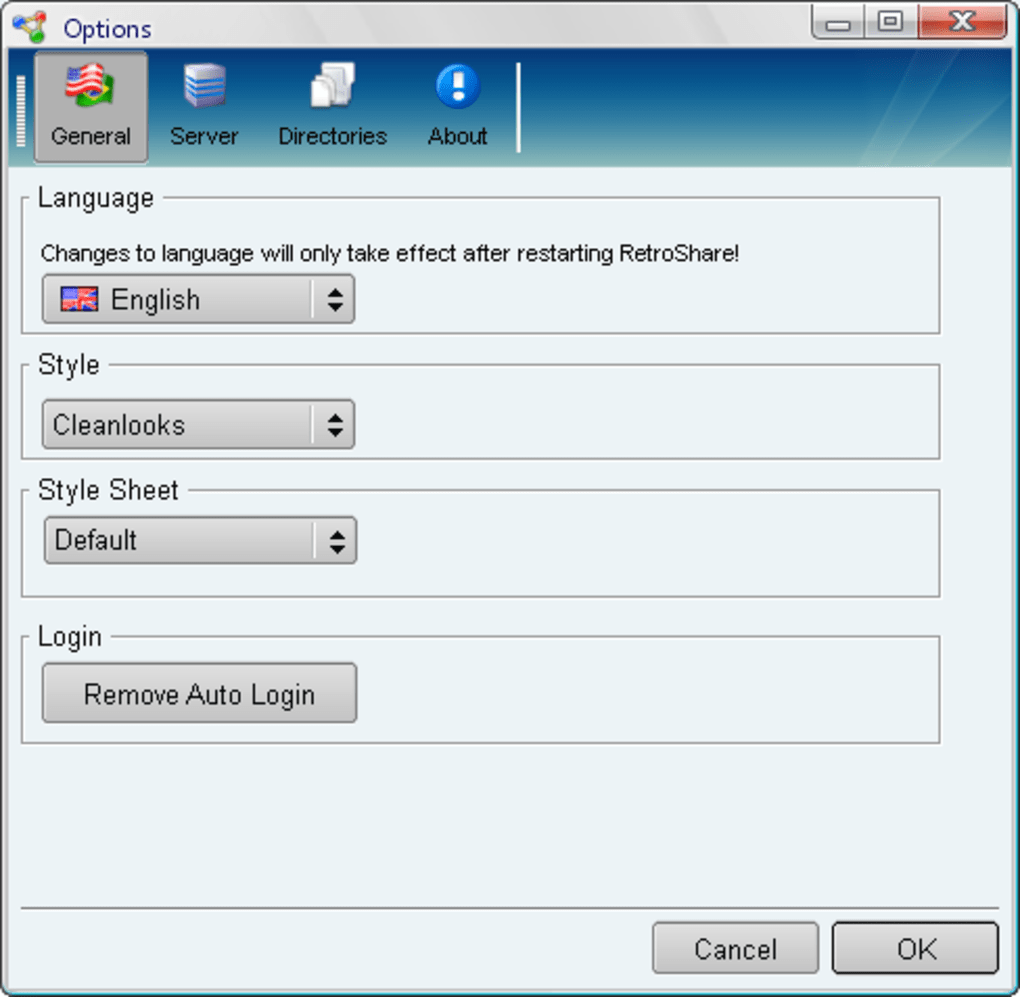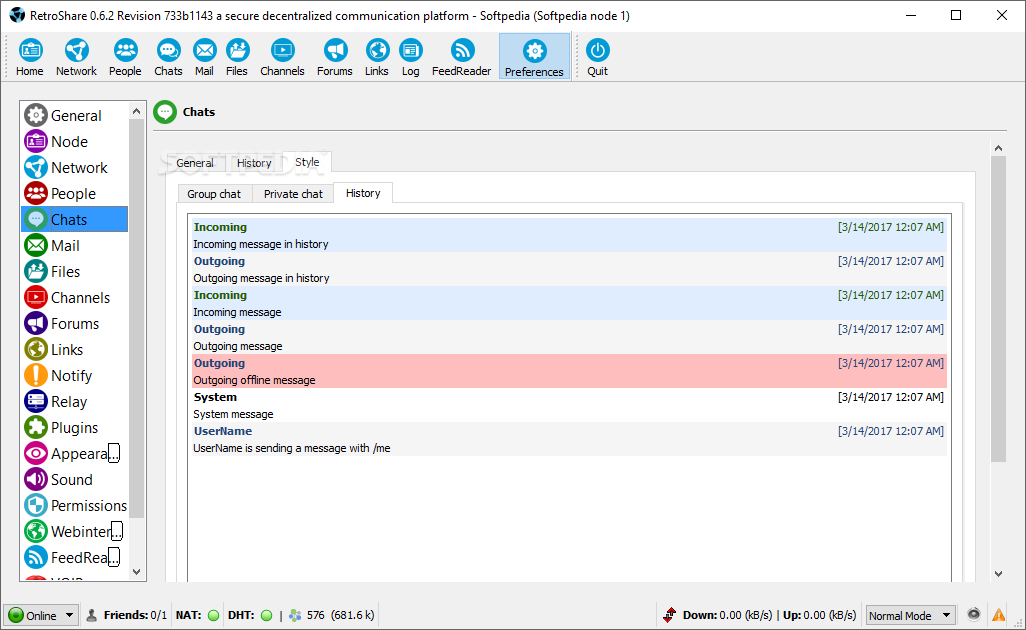

Sudo fdisk /dev/sdaIt should look similar to this:


Again: There already are many articles on the net covering this, so I'll only quickly describe what I did. We also shouldn't forget to resize our image, because right now we only have about 200 MB of free space left. Increasing the available memory is easy now, just add a sufficiently large swap file. On the other hand, we can circumvent the problems of creating a swap file on an SD card, because most likely the image is not located on one. I'm not sure why, but it only works with 256 MB RAM.
#Retroshare slow download serial
kernel kernel-qemu the QEMU-ready kernel we just downloaded -cpu arm1176 the CPU we want to emulate (ARM1176JZF-S (700 MHz)) -m 256 how much RAM should be available (in MB) -M versatilepb the machine type to emulate -no-reboot exit instead of rebooting -serial stdio redirects the serial port to the standard I/O -append "root=/dev/sda2 panic=1" where to find the root partition, depends on the image -hda -wheezy-raspbian.img what should be used as hard drive, in this case our imageNow, you might be tempted to simply increase the amount of available RAM, but it doesn't work that way. Qemu-system-arm -kernel kernel-qemu -cpu arm1176 -m 256 -M versatilepb -no-reboot -serial stdio -append "root=/dev/sda2 panic=1" -hda -wheezy-raspbian.imgThe parameters have the following functions: Plan A: Running an emulated Raspberry PiIn the directory of the image, run the following command: Raspbian WheezyI used newest version of Raspbian Wheezy currently available at :ĭownload it and unpack the image file into the directory you prepared in the last step. Preparing the environmentCreate a directory in which our experiment will take place. You will also need to download a QEMU-ready linux kernel for the Raspberry Pi, which you can do here: Īlternatively, you can compile your own kernel.
#Retroshare slow download install
Sudo apt-get install qemu-kvm-extrasThis will also install some dependencies that are needed. Installing QEMUInstall the package qemu-kvm-extras the way you usually install packages, e.g., using aptitude or (Yes, I know that this version is a bit outdated, but as a True Believer in Murphy's Law I tend to not change a running system.)
#Retroshare slow download Pc
What we need to get started The EmulatorMy desktop PC is running Ubuntu 12.04, the rest of the system specifications shouldn't matter. I have no experience with emulation whatsoever, so there is no real reason for choosing QEMU over other emulators like VirtualBox, I just found instructions and information for this way first. Spoiler alert: Emulating a Raspberry Pi using QEMU is slow.

But compiling RetroShare requires all resources, so I thought about alternatives. The RetroShare project itself is very active at the moment, bugs are constantly fixed and features added. Unfortunately, the 256 MB RAM of my Raspi is barely enough to keep RetroShare running, but even a simple 'sudo apt-get update' can crash it. In my last article about RetroShare on the Raspberry Pi, I've written about my experiences.


 0 kommentar(er)
0 kommentar(er)
